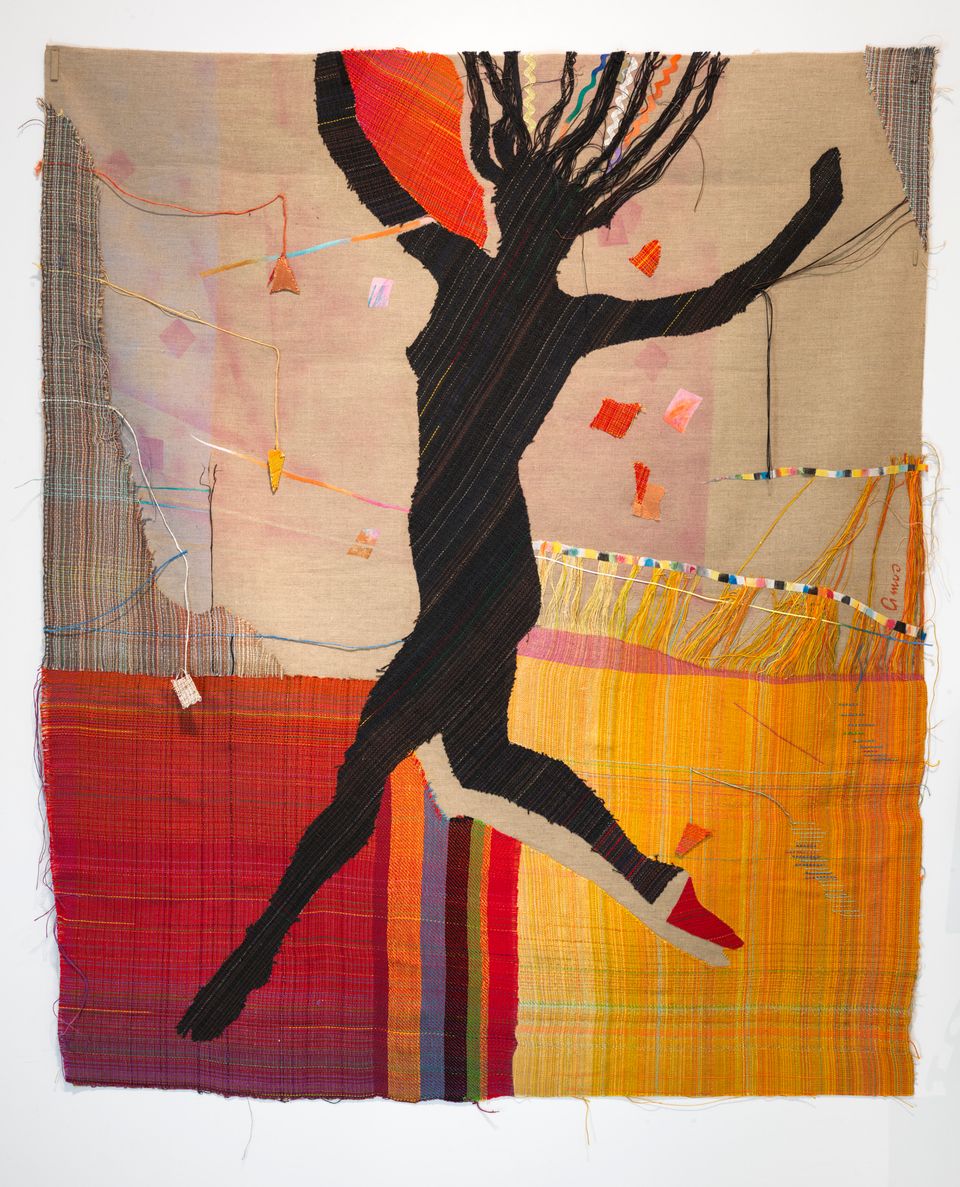Agueda Martínez
- Also known as
- Agueda Martinez
- Born
- Chamita, New Mexico, United States
- Died
- Española, New Mexico, United States
- Active in
- Medanales, New Mexico, United States
- Biography
Weaver, born in 1898 in Chamita, New Mexico. Attending primary school until 1913, Martinez first began to weave rag rugs at the age of twelve. In 1916 she married a weaver and schoolteacher and by 1937 had given birth to ten children. Martinez learned to weave tapestry wool blankets in 1921 from Lorenzo Trujillo of Río Chiquito, New Mexico. In addition to weaving on a contract basis for various blanket dealers in New Mexico, she has taught weaving through the Home Education and Livelihood Programs (HELP) in Hernández and Abiquiu, New Mexico. Martinez is a recipient of the New Mexico Governor's Award for Excellence in the Arts.
Latino Art and Culture Bilingual Study Guide (Washington, D.C.: National Museum of American Art, Smithsonian Institution, 1996)
- Artist Biography
Born in 1898, Agueda Martínez learned to weave from her uncle, Lorenzo Trujillo, first weaving rag rugs when she was twelve, and later weaving tapestry wool blankets. From 1925 until her death at 102, she lived and worked in Mendanales, New Mexico, not far from Santa Fe, where she carried on textile traditions that had been in her family since the sixteenth-century Spanish conquest. Martínez's vibrant works blend Pueblo and Navajo with early Spanish and north Mexican textile traditions. In addition to working daily at her treadle loom, the artist also bore ten children. Agueda Martínez passed on the weaving tradition by teaching through the Home Education and Livelihood Programs (HELP) in Hernández and Abiquiu, New Mexico.
Agueda Martínez kept beautiful gardens, often using her plants and flowers as dyes for her wool. Here the juxtaposition of reds and greens, complemented by bright yellows, lavenders, and earth tones, create a stunning textile. Martínez called this magnificent work a jerga (floorcloth) because of its coarse weave, resulting from her unique method of weaving yarn from strips of recycled T-shirts. An artist who inspired others, Doña Agueda was rightfully proud in stating, "There's no one that can beat me at weaving."
Jonathan Yorba Arte Latino: Treasures from the Smithsonian American Art Museum (New York and Washington, D.C.: Watson-Guptill Publications, in cooperation with the Smithsonian American Art Museum, 2001)















